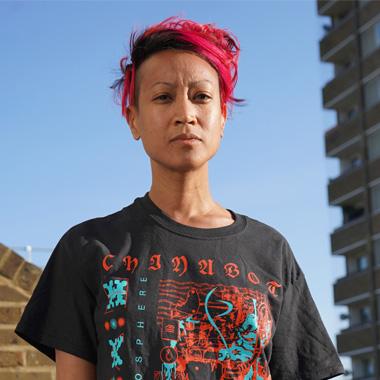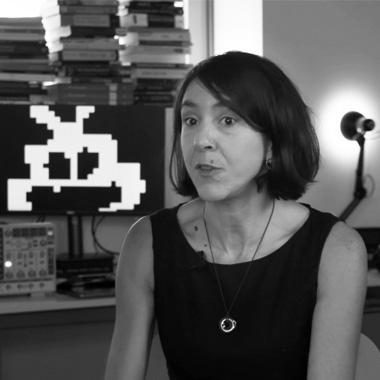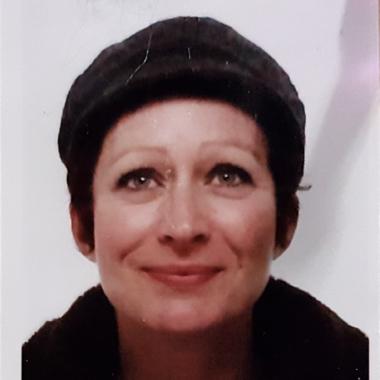Patrick
“There is something special in human-robot relations. People seem to always trust robots.”
Main details
In 2003, practising artist Patrick Tresset lost his ability to paint and draw. Since then he has been developing computational and robotic systems that have this capacity. Patrick co-directs the Leverhulme Trust-funded Aikon-II project, which investigates observational sketching activity through computational modelling and robotics, and has wowed audiences with ‘Paul the robot’, which can draw a portrait in 20 minutes. We asked Patrick about his experience of studying and working at Goldsmiths.
What is it about Goldsmiths that allows you to be creative and realise your ambitions as an academic?
“I initially came to Goldsmiths for an MSc in Arts and Computing as a mature student, and I am now completing a PhD. When I initially joined Goldsmiths it was the only place in the UK that had an art and computation programme that was based in the computing department as opposed to being based in the fine art department. It was the first year of this programme.
I think what initially attracted me to join Goldsmiths apart from the programme was the reputation of free thinking and creative multidisciplinary investigation.
From the beginning at Goldsmiths, people have always supported and encouraged my research and investigations. I have always been free to do what I wanted and this has enabled me to build an international reputation."
Your robots have enchanted people across the world. What is about robots that appeals to people, and has always appealed to you?
"There is something special in human-robot relations. People seem to always trust robots; because they move and react we think that they are intelligent. It is predicted that in the next 10 to 20 years we’ll have domestic robots in our homes, but I think that because we are very far from artificial consciousness, robots will have problems of social integration. They are likely to encounter the same difficulties and prejudices as socially disabled people. I believe that it is important to give robots artistic skills because it will help them to be better accepted in society. At another level the robots I create are a form of simplistic representation of myself.”

.jpg)

